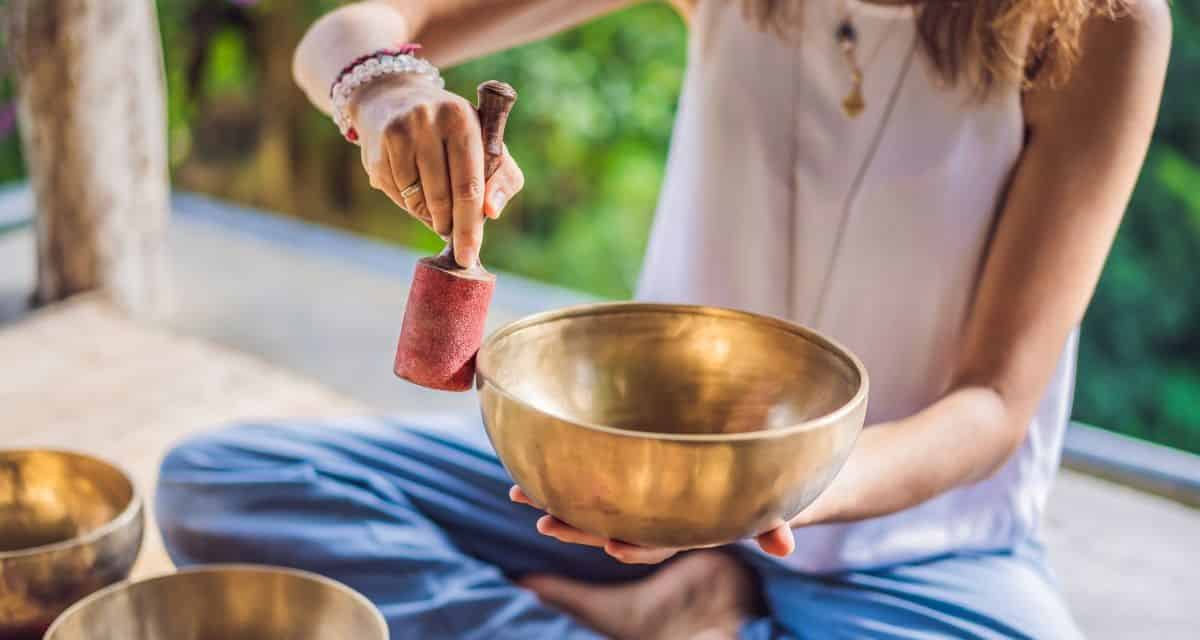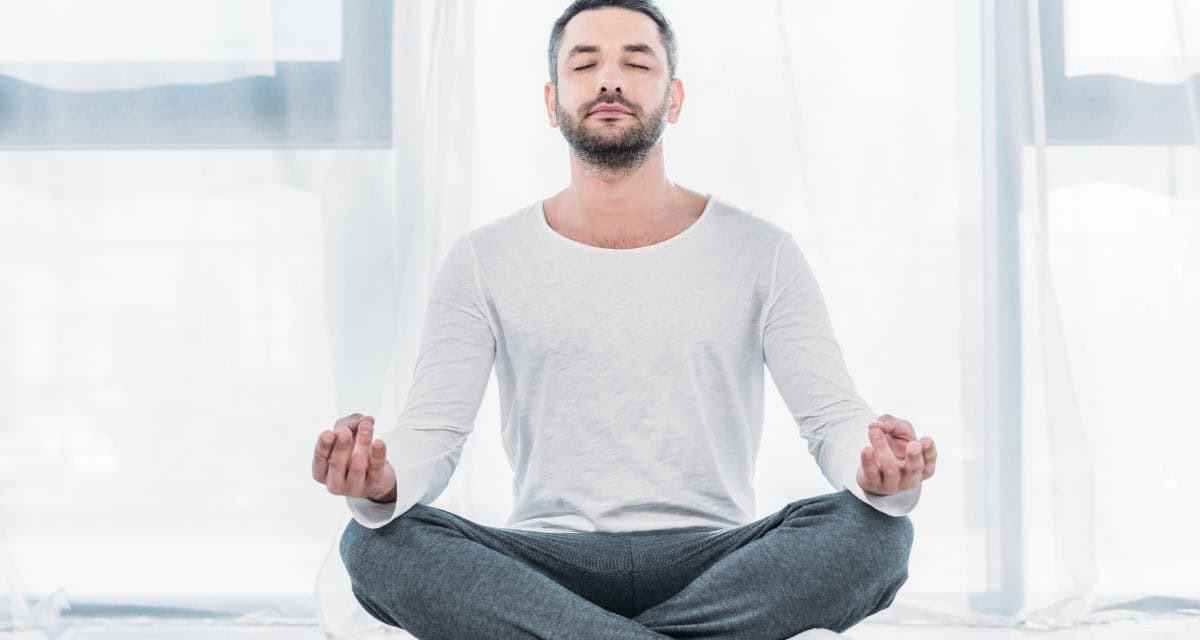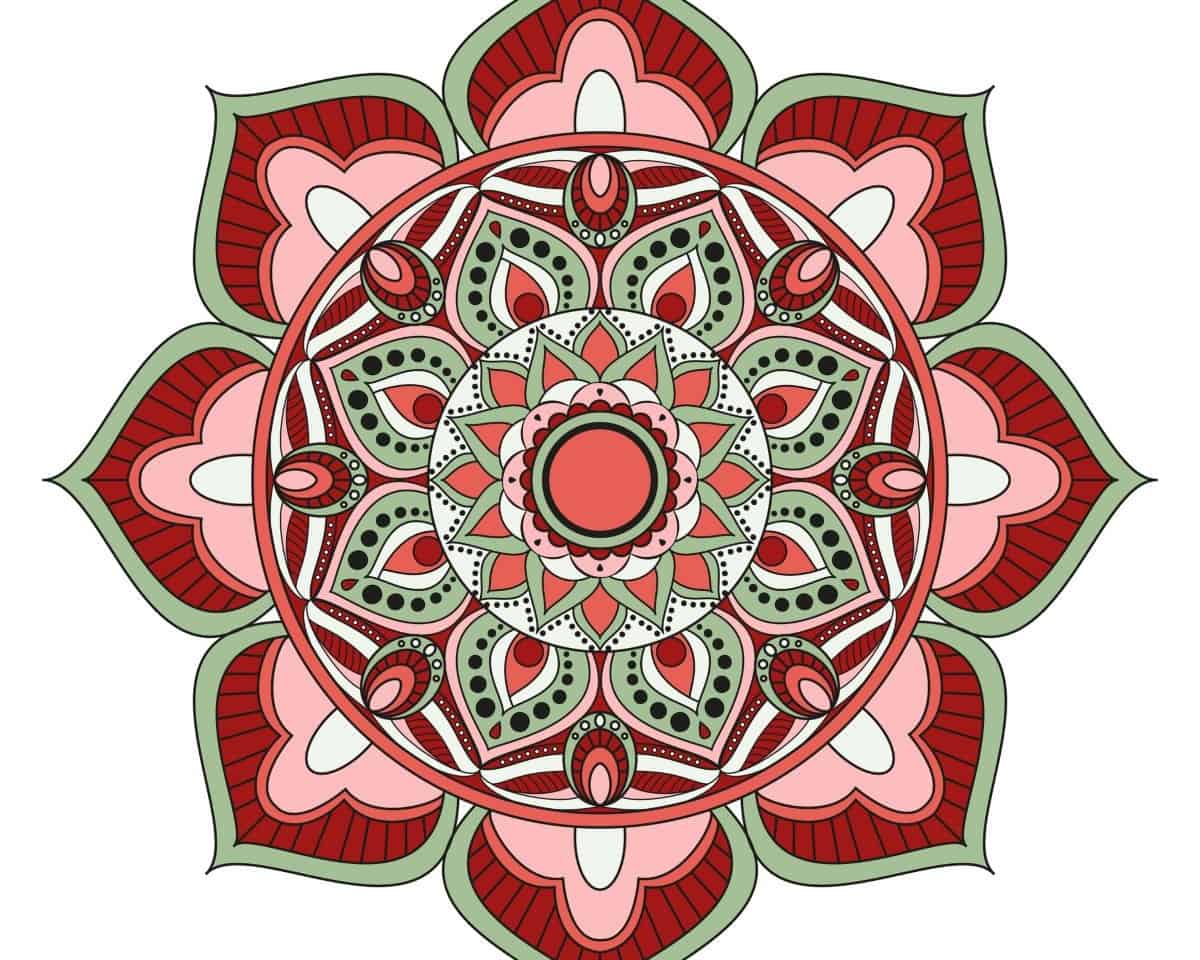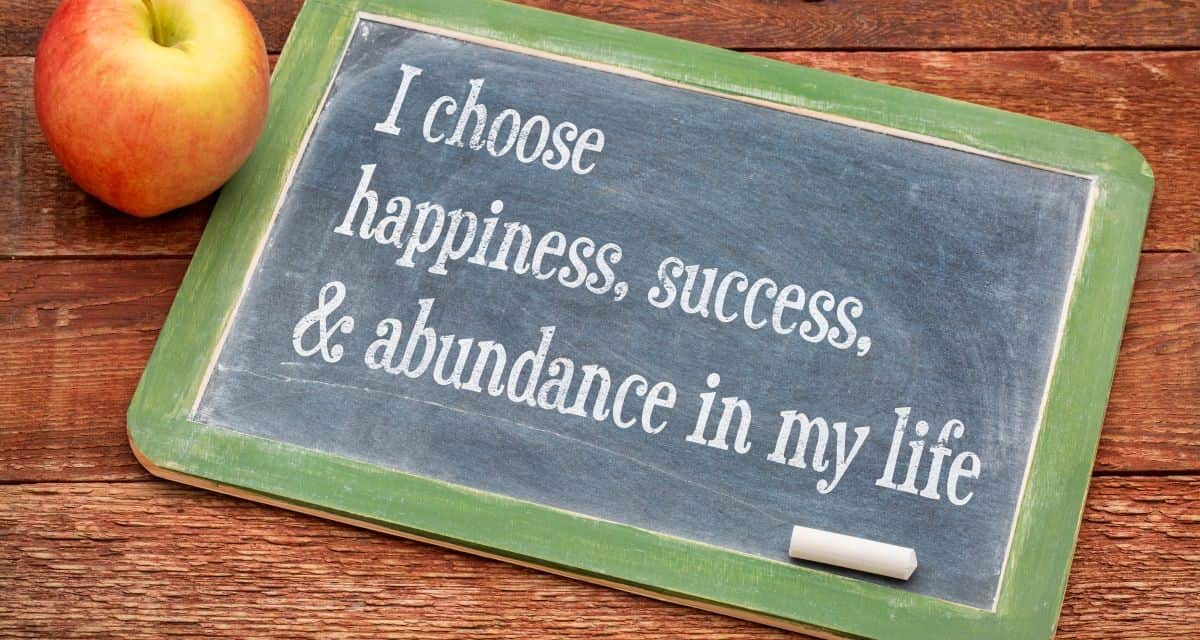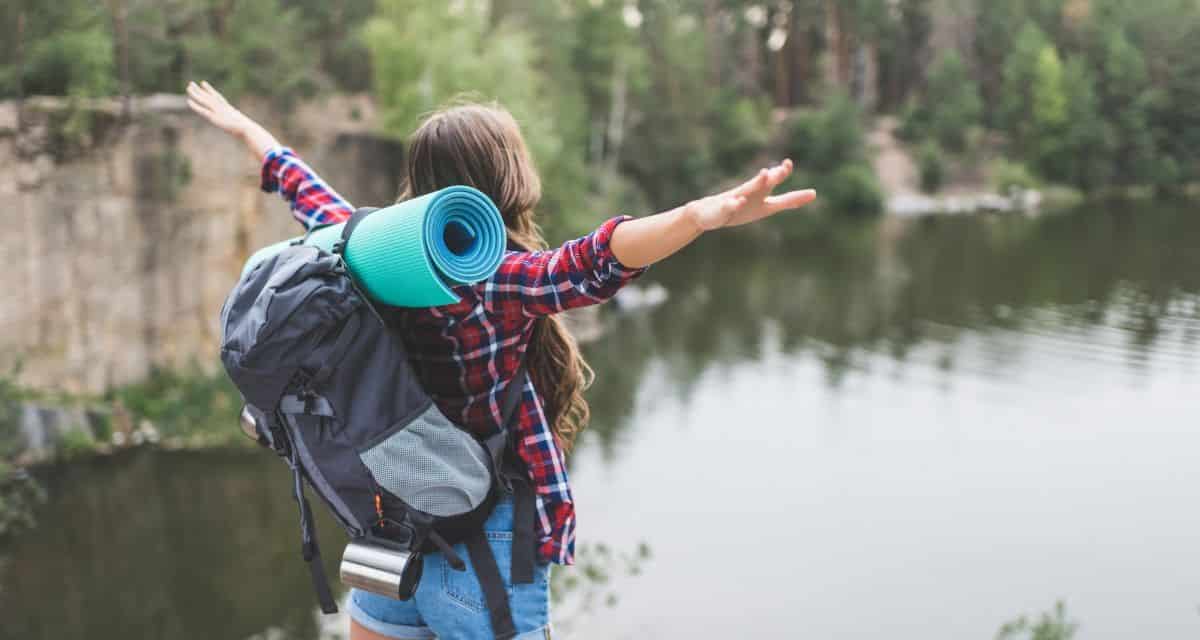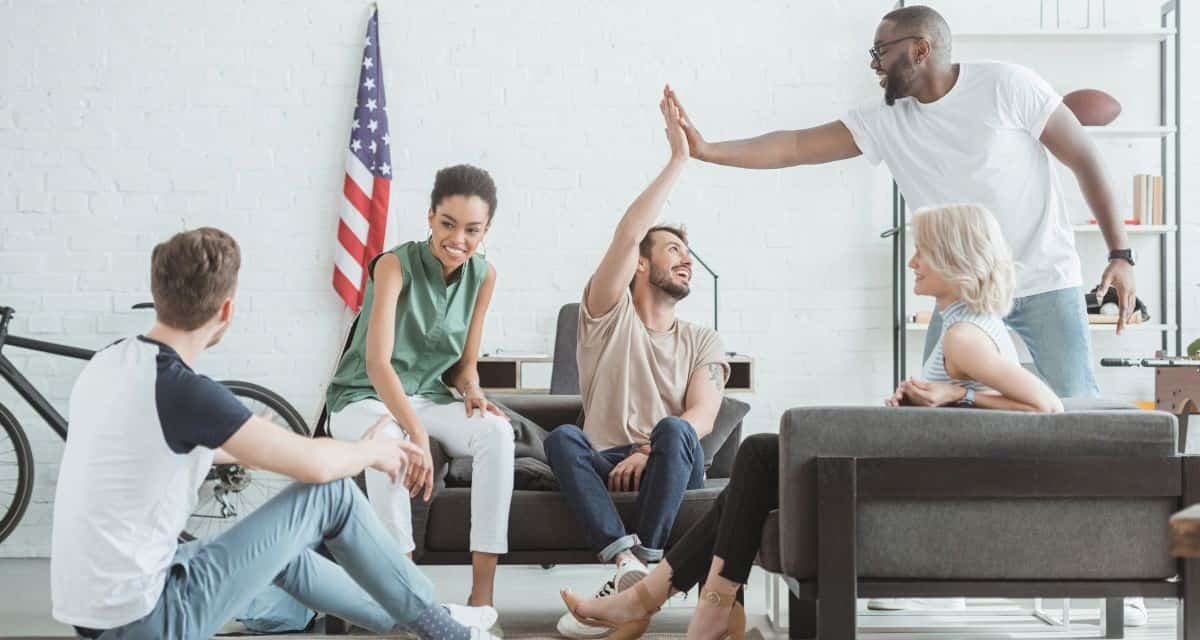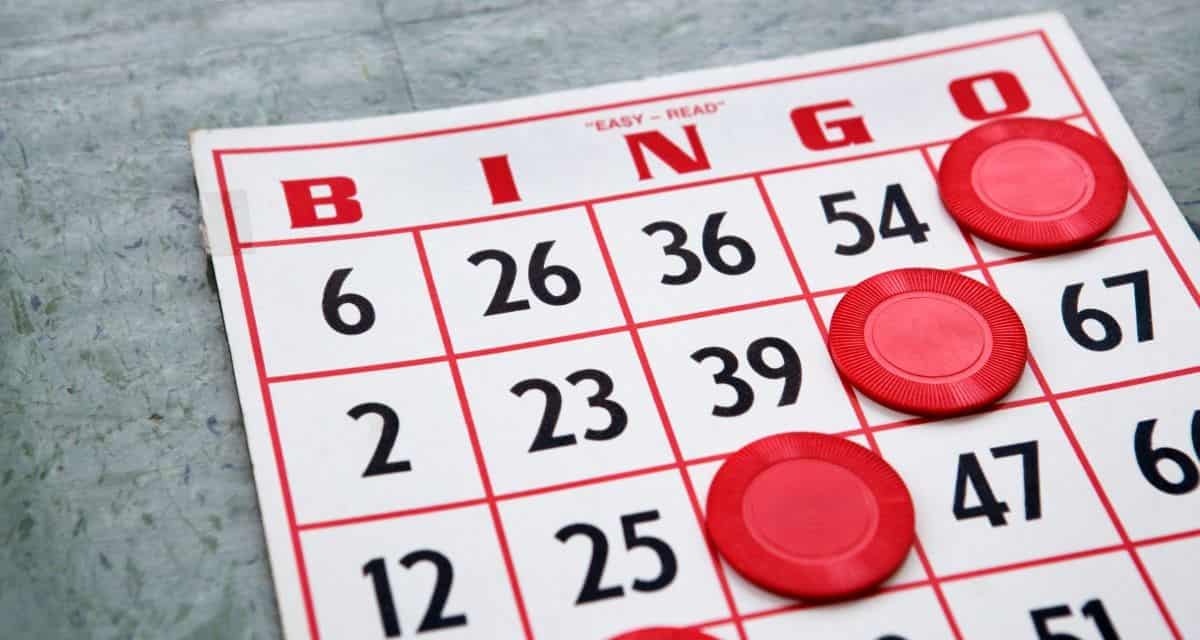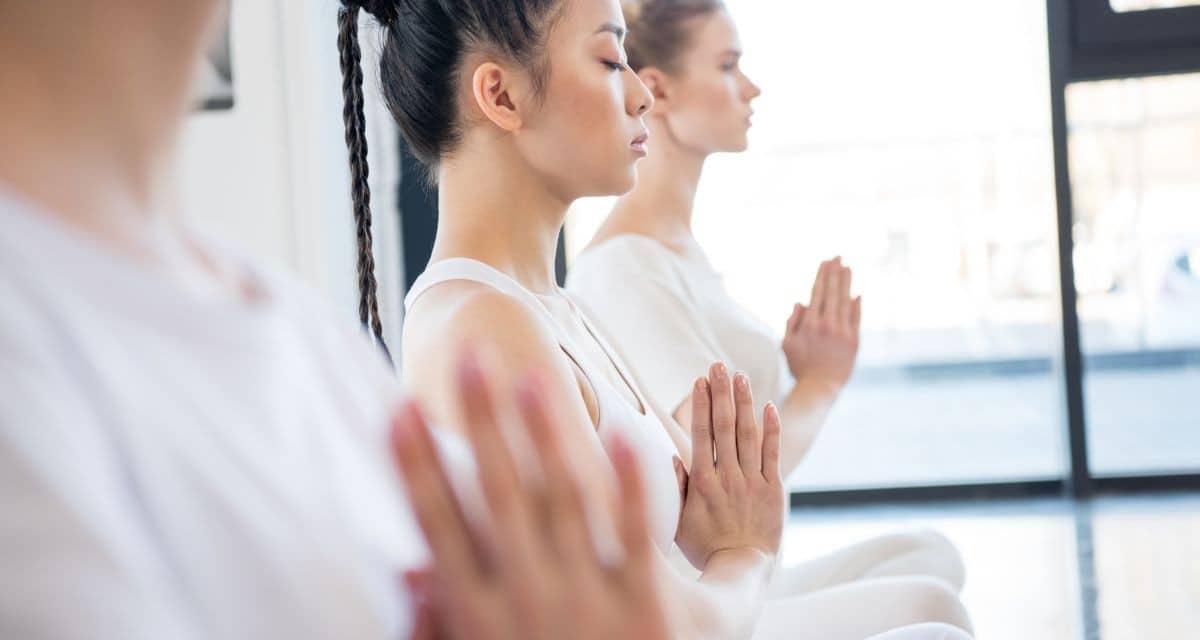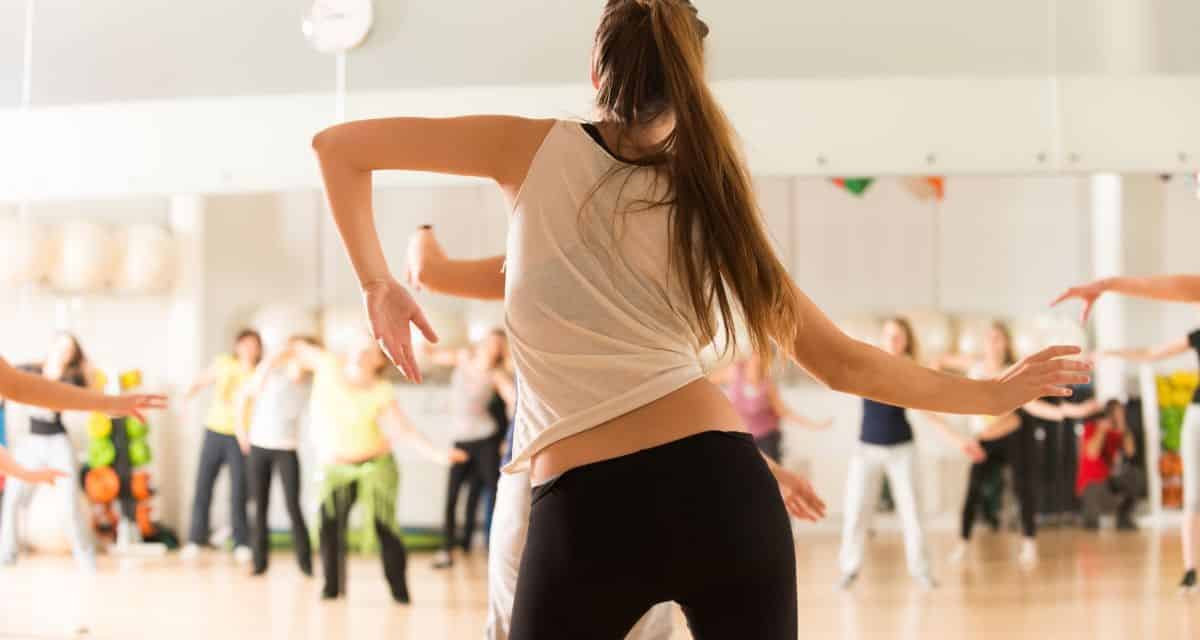Anxiety can be a daunting experience for adults to navigate, both in everyday life and larger settings like meetings and retreats. Fortunately, group activities offer a supportive and safe space for individuals to confront their anxieties, develop coping strategies, and cultivate mental wellness. I’ve curated a list of 31 anxiety group activities for adults designed to alleviate symptoms and promote overall well-being.
These exercises span meditation, art therapy, physical activity, goal setting, and more, fostering trust, relationship building, and other positive attributes. By engaging in these activities, individuals can connect with others, feel empowered to manage their anxiety, and develop a greater sense of self-awareness.
Brainstorming Goals
In many team-building exercises, group brainstorming sessions can be a powerful way to help individuals clarify their personal goals. By bringing people together and encouraging them to share their aspirations, obstacles, and strategies for achieving those objectives, this activity fosters self-reflection and helps participants gain a deeper understanding of what they want to accomplish.
One of the benefits of combining this exercise with journaling is that it provides a tangible representation of the thought process involved in setting goals – it’s a valuable tool for illustrating the structure and helping individuals visualize their progress.
Share Your Fears
In a carefully crafted setting, this interactive exercise empowers participants to openly discuss their deep-seated concerns and apprehensions with the collective. By fostering a climate of empathy and understanding, the activity’s ultimate goal is to be a source of solace and motivation. This collaborative experience has been known to alleviate feelings of loneliness and cultivate meaningful connections among group members.
By embracing vulnerability, it successfully dismantles social and emotional barriers, allowing for a deeper level of interpersonal connection.
Strength Spotting
In this exercise, participants are encouraged to reflect on their personal psychological or character strengths and share them with the group. If the group is familiar with each other, they can also discuss how these strengths manifest in others. By doing so, individuals can foster a deeper sense of self-awareness, build confidence in their abilities, and develop resilience in the face of challenges.
The activity’s focus on positivity and growth mindset creates a supportive atmosphere where people feel empowered to step out of their comfort zones and explore new experiences.
Fear in a Hat
In this exercise, participants anonymously record their deepest fears on slips of paper, which are then pooled into a communal hat. The group takes turns drawing out the fears and engaging in open discussions about strategies for overcoming them. This shared experience fosters a sense of solidarity among individuals, as they come to realize that they are not isolated in their anxieties.
By collectively contributing ideas on how to confront and manage fear, the activity cultivates a spirit of cooperation and mutual support.
Group Meditation
While individual meditation practices have numerous benefits, group meditation can be a uniquely powerful tool for managing anxiety. By joining others in a collective quiet, individuals can tap into the calming effects of shared stillness, fostering a sense of community and support that can be particularly beneficial for those grappling with insecurities.
In a group setting, participants can engage in meditation practices together, providing a sense of accountability and camaraderie that can help motivate them to stick with their practice. The quiet moments spent together also offer opportunities for bonding and connection, which can lead to feelings of gratitude and appreciation.
Ultimately, group meditation can be a valuable complement to individual practices, offering a unique blend of collective calm and personal growth.
Check-In Questions
Check-in sessions offer a unique opportunity for participants to openly share their thoughts, emotions, and concerns. To maximize the effectiveness of these sessions, consider providing relevant sample questions beforehand to ensure that discussions remain pertinent and meaningful. By doing so, you can foster emotional intelligence, create a sense of community by acknowledging individuals’ feelings, and establish trust within both small and large groups.
Trust Fall
In the ‘Falling into Arms’ activity, participants form groups of varying sizes, with each individual pairing up or forming a group that considers factors such as height and weight to ensure safety. This collaborative exercise fosters trust, vulnerability, and interpersonal connections among team members.
Color or Paint Mandalas
Engaging in mandala coloring or painting can be an effective way to cultivate mindfulness and focus, leading to a state of relaxed meditation. The intricate details involved in creating these designs require a level of concentration that helps individuals quiet their minds and tune into the present moment. This meditative quality makes mandalas a great activity for social gatherings, where participants can share their unique interpretations and appreciate one another’s creative expressions.
A mandala book is an excellent resource for beginners, allowing them to explore this therapeutic practice with any medium of their choice.
Make an Affirmation Poster
Developing a positive mindset is achievable through the use of affirmations – empowering statements that individuals can employ to shape their thoughts and emotions. To amplify this concept, consider creating individual posters or a large group display in a community space for ongoing contemplation. This idea invites participants to craft affirmations tailored to their personal needs and aspirations, fostering a sense of ownership and motivation.
By sharing these posters with the group, individuals can tap into the collective energy and support one another in cultivating a more optimistic outlook.
Mental Health Charades
Engaging individuals in mental health discussions is crucial for raising awareness. One innovative approach is using interactive activities that simulate real-life scenarios related to mental health. In this context, participants act out mental health-related situations and the group attempts to guess the correct response.
To ensure a respectful and inclusive environment, it’s essential to emphasize that any inappropriate behavior will not be tolerated, and may result in disqualification from the activity.
Go for a Walk or Hike
Engaging in outdoor activities, such as exercise and fresh air excursions, can be an effective way to manage anxiety. The social aspect of group settings allows individuals to bond over shared experiences, fostering a sense of community and connection. Moreover, natural environments have been shown to play a crucial role in reducing stress levels and promoting relaxation among individuals with anxiety.
For accessibility purposes, it’s recommended to opt for woodsy trails that are generally easy to navigate, making these activities inclusive for anyone interested in participating. This outdoor activity is not only enjoyable but also beneficial for mental well-being.
Cooking Together
The art of cooking offers a unique combination of relaxation, creativity, and mindfulness. Whether preparing meals, baked goods, or sweet treats, working in the kitchen provides a rich sensory experience that culminates in a satisfying outcome. Moreover, cooking with others fosters collaboration, social bonding, and shared joy. As each dish is uniquely crafted, the process encourages individuals to adapt, innovate, and grow.
Following a group dinner, consider extending the evening with some enjoyable beer drinking games.
Create a Motivation or Vision Board
Vision boards serve as a tangible manifestation of an individual’s aspirations and objectives. By creating a visual representation of their goals, individuals can effectively initiate the process of working towards them. This collaborative exercise allows group members to share their vision boards with one another, fostering a sense of community and support as they work together to achieve their shared dreams.
Moreover, openly discussing goals can be a powerful tool in combating anxiety and building momentum towards achieving personal aspirations.
Goal Visualization
The art of visualization plays a significant role in realizing aspirations. By mentally picturing one’s desired outcomes and openly sharing their vision with others, individuals can tap into collective inspiration and support. This technique can be applied through various mediums, including both physical and verbal practices, ultimately fostering a sense of unity and motivation.
Checking In Questions
These supplemental prompts serve as a means for individuals to articulate their emotional experiences and cognitive processes. By engaging with these queries, individuals can cultivate emotional awareness, foster empathy among group members, and ultimately facilitate a deeper understanding of one another’s perspectives.
Letter Writing
Through a therapeutic process called letter writing, individuals are encouraged to put their deepest anxieties into words by crafting letters to themselves, others, or even imaginary recipients. This exercise fosters profound self-reflection and introspection, granting people a secure platform to articulate their thoughts and emotions. By doing so, it offers the opportunity to share one’s innermost concerns with oneself or others, allowing for a deeper understanding of the self.
Two Truths and a Lie Icebreaker Activity
This interactive game serves as an effective tool for fostering deeper connections among team members or friends of all ages. By sharing two genuine facts and one fabricated statement, participants engage in a playful guessing game that’s designed to ease any nervous energy and promote relaxed conversation.
Bardic Circle
In this interactive segment, participants take turns showcasing their creative endeavors, such as original poetry, songs, or stories. To facilitate an inclusive and non-competitive atmosphere, consider providing a visual sign-up board where individuals can reserve their spot to share. Establishing time constraints ensures each participant has ample opportunity to express themselves, while leaving room for spontaneous sharing if desired.
The ‘stage’ is only open to those willing to participate that week, promoting a sense of community and shared creativity.
Mirroring Sequence
When it comes to fostering connections and harmony among participants, a unique exercise has been used for years by actors and performers. In this activity, pairs of individuals take turns mirroring each other’s movements, breathing patterns, and vocalizations. This nonverbal form of communication allows participants to build bridges with one another, creating a sense of unity and cohesion.
This game is often played during pre-rehearsals or performances, serving as an effective community builder that transcends verbal barriers.
Mental Health Bingo
Incorporating mental health bingo into your educational or community setting can be a creative and engaging way to address essential topics such as self-care techniques, emotional regulation strategies, and wellness practices. This interactive approach not only facilitates learning but also fosters open dialogue, reducing the stigma surrounding traditionally ‘taboo’ subjects like mental health.
By allowing for meaningful discussions after the game, you can create a safe space for individuals to share their experiences and insights, ultimately encouraging those who may need professional support to seek help without fear or embarrassment.
Emotions Wheel and Discussion
The emotions wheel, a versatile visual tool, enables individuals to pinpoint and delve into various emotions, followed by a group discussion that explores the emotional impact and strategies for effective management. Its open-ended design allows it to adapt flexibly to meet the unique needs of each participant, making it an ideal framework for iterative exploration.
Therapy Dice
To spark meaningful conversations, roll a die and explore topics such as coping strategies, self-care, or gratitude with large groups or intimate pairs. The unassuming structure of therapy dice makes them an excellent icebreaker. For those looking to start exploring this concept, this particular pair is a great place to begin. However, it’s essential to shop around and find the perfect fit for your unique needs and goals.
Mindfulness Body Scan
In a guided meditation, individuals are gently coaxed to explore and release physical tension by focusing on various regions of their body. To set the stage for this introspective experience, participants are encouraged to find a comfortable seated position that feels natural in the moment, and create a quiet, distraction-free environment.
The mediator then verbally guides the group through a series of prompts, inviting them to tune in with specific areas of their body, with the ultimate goal of calming and rejuvenating any worked-up zones.
Visit a Positive Feeling and Share it with the Group
When it comes to implementing this idea, it’s often more effective when applied to groups with existing connections. However, there’s a creative way to adapt this approach for groups that are just getting to know each other. Simply ask participants to share their observations about the group as a whole or what they hope to gain from the experience.
For those who have already built relationships within the group, encourage them to reflect on a positive feeling or memory they’ve shared with others. This exercise is designed to foster a sense of gratitude and positivity among team members.
Group Dancing
Dancing offers a unique combination of physical and emotional benefits, making it an effective way to alleviate anxiety and boost mood. To maximize this experience, establish a clear structure or encourage participants to let loose with free-form movement, catering to the comfort level of each individual.
Consider enhancing the atmosphere by dimming lights, hosting the event outdoors, or incorporating calming essential oils – whatever measures will help ease nerves and create a harmonious environment. This activity is not only an excellent way to spend a weekend but also a fantastic opportunity to bond with little ones at home, making it a fun and inclusive experience for all.
Yoga
Incorporating gentle exercises into your routine can have a profound impact on both physical and mental well-being. Yoga is an excellent example of such a practice, fostering relaxation, mindfulness, and overall health. When designing a session that caters to participants who may not be as experienced with yoga, consider incorporating props, modified poses, and other accommodating elements to ensure inclusivity for individuals of varying abilities.
For added convenience, consider bundling mats into the package, providing a comprehensive solution for those looking to explore the benefits of yoga.
Breathing Exercises
Discovering personalized breathing techniques to alleviate anxiety and promote relaxation requires exploration. It’s crucial to gather various methods and experiment with different approaches to identify what works best for each individual. A unique aspect of breathwork is its highly personal nature, making it essential to respect and accommodate the diverse needs and preferences of those seeking to utilize these exercises.
Discussion about Self-care Routines and How to Help Each Other Improve Daily Routines
In a collaborative space, participants openly share their self-care practices and exchange innovative ideas for enhancement. By doing so, they not only gain support and motivation from one another but also foster an environment where they can freely adopt or adapt suggestions that best align with their unique needs. Rather than imposing prescriptive solutions, the conversation is designed to empower individuals to tailor their approaches in a way that optimizes their overall well-being.
Music Appreciation
When it comes to tackling anxiety and boosting mood, few things are as effective as listening to music. By sharing and discussing their favorite tunes or artists, participants can create a sense of community and connection. What’s more, the act of creating a playlist can be a therapeutic exercise in itself, allowing individuals to curate a personalized soundtrack that promotes relaxation and comfort.
Ultimately, the key to success lies in giving listeners the freedom to navigate their own experience, doing what feels most comfortable for them as they immerse themselves in the music.
Sound Bowl Meditation
Sound bowl meditation can be facilitated in multiple ways. For instance, individuals possessing a Tibetan singing bowl can utilize it, while those without one can opt for a recorded rendition, allowing the soothing tones to fill the space. Alternatively, if participants have access to a singing bowl, they can engage with the practice by listening to the sound waves emitted by this ancient instrument, cultivating relaxation and mindfulness in the process.
Gratitude Mapping
While gratitude tracking can become a challenge over time, especially when done informally alongside other entries, there are creative ways to make it more enjoyable. One effective method is to create a visual map of the things you’re grateful for, fostering a sense of positivity and appreciation. This approach makes it easier to process and record your thanks by putting it into a tangible form.
I’ve found that using a sketchbook like this one provides a personal touch to tracking my life’s milestones and gratitude.
